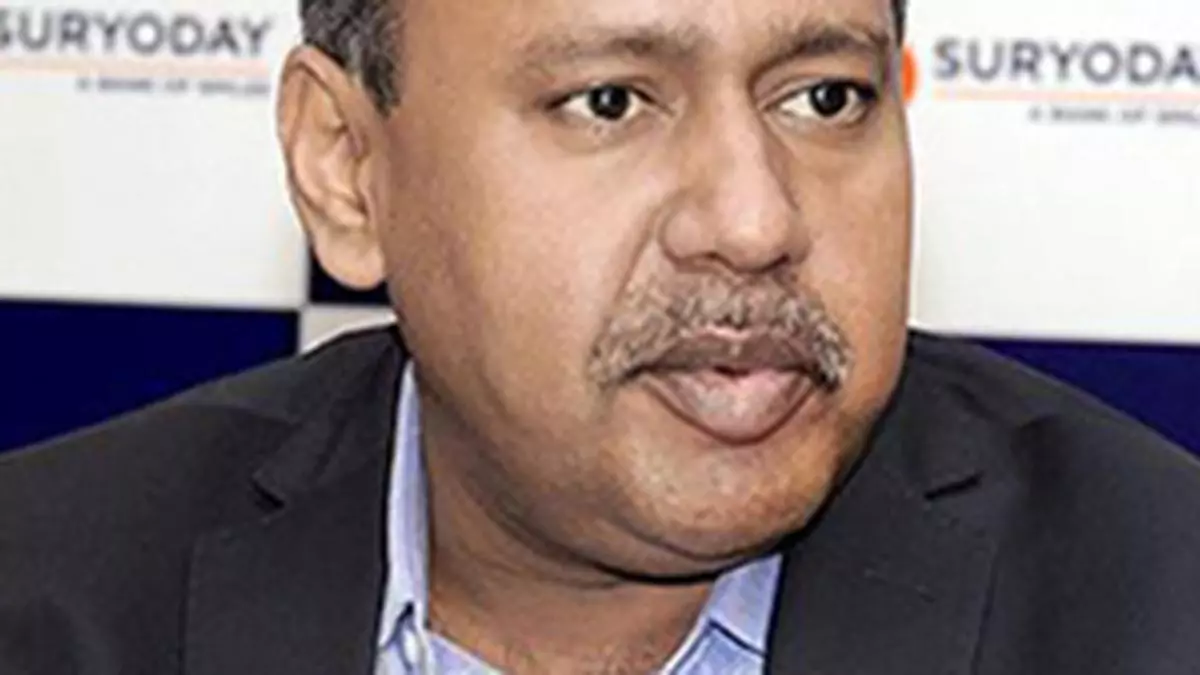Suryoday Small Finance Bank plans to stretch maximum FD tenor to over 20 years
Suryoday Small Finance Bank is planning to stretch the maximum tenor of a Fixed Deposit (FD) to over 20 years vis-a-vis the usual 10 years that banks currently restrict themselves to.
It is exploring the feasibility of launching a 20-year plus FD, with a systematic withdrawal plan thrown in half way into the tenor.
The long-term FD product that the bank is working on will be on the lines of an annuity plan offered by life insurance companies, but for a limited period.
“Currently, banks offer FDs for up to 10 years. We are working on a longer tenor FD,” said R Baskar Babu, MD & CEO, Suryoday SFB. He noted that the FD product being envisaged by the bank is aimed at customers’ having a longer time horizon for savings and looking to reap the benefit of compounding of interest rate.
“The product is at the trying stage. We are looking at the interest rate risk and all that…So, if a customer saves, say, ₹50,000 per month for 10-11 years, after the 11th year he can opt for a systemic withdrawal plan, which is, say, two times the invested amount, automatically for another 11 years,” Babu said, adding in the current competitive environment banks need to curate products per customer requirements.
Experts say interest rate on the FD product could be benchmarked to the widely traded 10-year benchmark Government Security.
Currently, the State Bank of India (SBI) is possibly the only bank to offer an annuity deposit scheme for three/five/seven or 10 years.
Per SBI’s scheme, a customer can deposit a one-time lump sum amount and receive repayment of the same in monthly annuity instalment comprising part of the principal amount plus interest. Payment of annuity is on the anniversary date of the month following the month of deposit. The rate of interest is as applicable to FDs for public and senior citizens.
Reverse EMI
However, Suryoday SFB’s annuity deposit scheme will differ from SBI’s as the former is envisaging a recurring deposit scheme, entailing deposit of money at monthly intervals in the first half of the deposit tenor.
In the second half of the deposit tenor, the depositor will receive money every month (reverse equated monthly instalment) from the bank.
